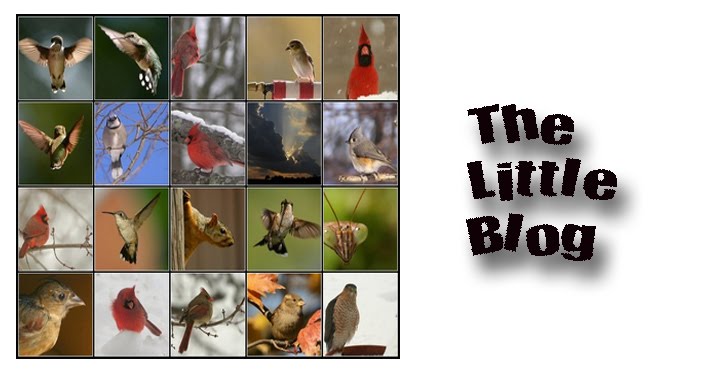Yellow-rumped Warbler (Dendroica coronata)
Three to five brown and gray marked, white to creamy white eggs are laid in a bulky nest made of twigs, rootlets, and grass, lined with hair and feathers, and built in a conifer. Incubation ranges from 12 to 13 days and is carried out by the female.

The Yellow-rumped Warbler is the only warbler able to digest the waxes found in bayberries and wax myrtles. Its ability to use these fruits allows it to winter farther north than other warblers, sometimes as far north as Newfoundland.
Yellow-rumped Warblers are common and widespread. Their populations are stable or increasing in most areas. Migrating Yellow-rumped Warblers, like many migrants, are frequently killed in collisions with radio towers, buildings, and other obstructions.










1 comment:
Pretty little guys.
I love all of your images.
They are wonderful.
Post a Comment